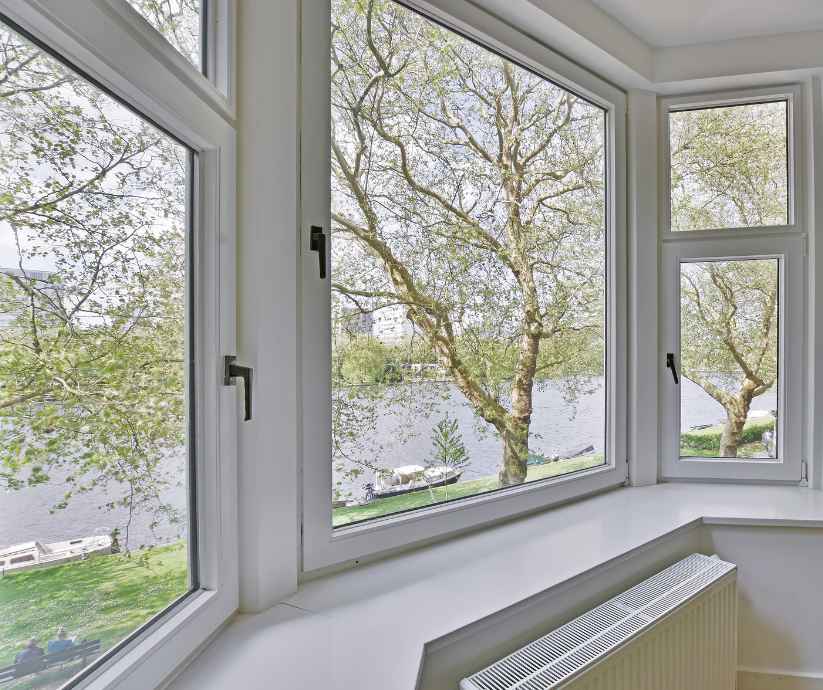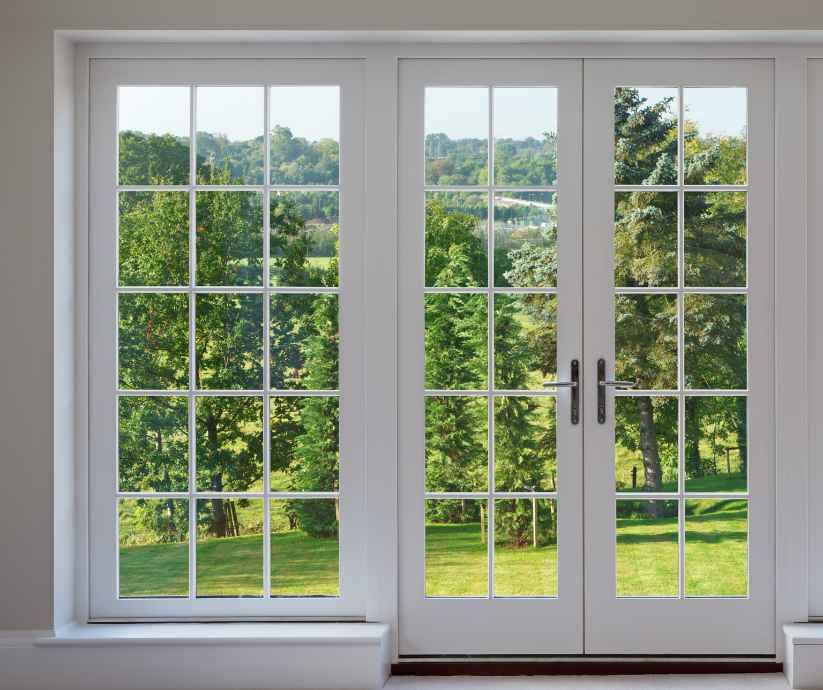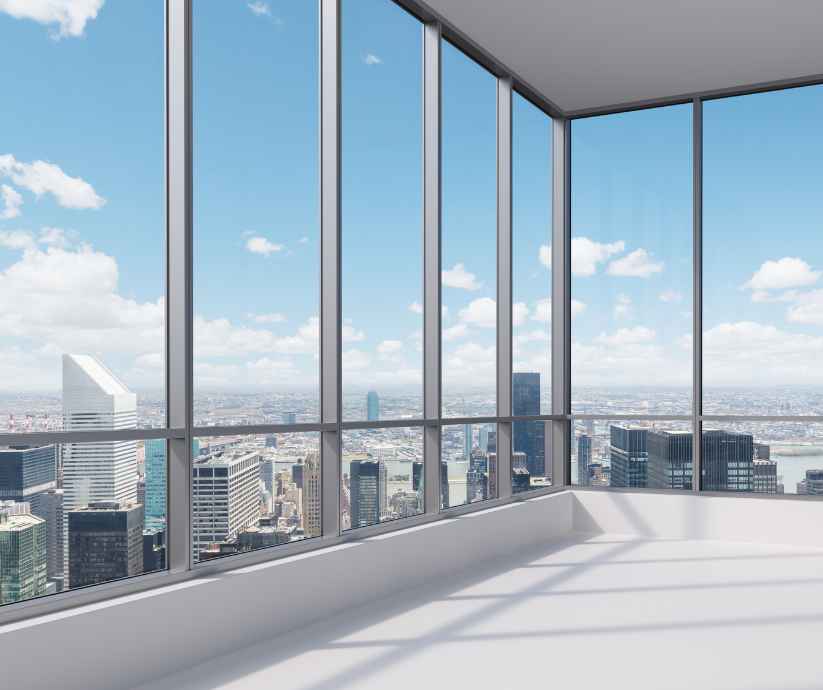In the pursuit of sustainable living and reducing energy consumption, technological advancements have transformed various aspects of our lives. One such innovation, energy-efficient window technologies, plays a significant role in enhancing both energy efficiency and indoor comfort. These windows not only minimize heat transfer but also reduce reliance on heating, ventilation, and air conditioning (HVAC) systems. We will explore the latest developments in energy-efficient window technologies and their profound impact on the environment and our daily lives.
Windows serve as essential elements of any building, providing natural light, ventilation, and views. However, traditional windows often contribute to significant energy loss through heat transfer, resulting in increased energy consumption and higher utility bills. Energy-efficient windows address these challenges by reducing heat gain during summers and heat loss during winters, improving overall insulation. These windows offer a valuable solution to combat climate change while enhancing occupants’ comfort and reducing their carbon footprint.
Glazing technology forms the backbone of energy-efficient windows. Innovations in glazing materials and designs have revolutionized the industry, resulting in remarkable improvements in energy efficiency. Double and triple glazing, low-emissivity (low-E) coatings, and gas-filled chambers are key advancements in energy-efficient window design.
Double and triple glazing involves multiple layers of glass with insulating air or gas pockets in between, reducing heat transfer. Low-E coatings are thin, virtually invisible layers applied to the glass surface that reflect heat back into the room while allowing natural light to pass through. Gas-filled chambers, typically filled with argon or krypton, provide additional insulation, further reducing heat transfer.
The integration of smart technologies in energy-efficient windows has brought about unparalleled convenience and energy savings. Smart windows can dynamically adjust their transparency, allowing for optimal light control and reducing the need for artificial lighting. These windows utilize electrochromic, photochromic, or thermochromic materials that respond to electrical current, UV light, or temperature changes, respectively.
Moreover, smart windows equipped with sensors and automated controls can respond to external conditions such as sunlight intensity or temperature, adjusting their tint or opening and closing to optimize energy efficiency. This intelligent automation ensures maximum comfort for occupants while minimizing energy consumption.
Energy-efficient windows also play a crucial role in passive solar design and daylight harvesting. The passive solar design utilizes the sun’s energy for heating during winters and cooling during summers, reducing the need for mechanical heating and cooling systems. Energy-efficient windows, strategically positioned and designed to allow for optimal solar gain, enable passive solar design, thus minimizing energy usage.
Additionally, daylight harvesting utilizes natural light to illuminate interior spaces, reducing the reliance on electric lighting during the day. Energy-efficient windows with high visible light transmittance and low solar heat gain coefficients contribute to effective daylight harvesting, creating a well-lit and energy-efficient environment.
Energy-efficient window technologies have emerged as a vital component in sustainable building design. The advancements in glazing technology, the incorporation of smart features, and their role in passive solar design and daylight harvesting collectively contribute to reducing energy consumption and improving occupant comfort. By embracing these innovations, we can mitigate climate change, reduce our carbon footprint, and create healthier, more sustainable living and working spaces. Energy-efficient windows are a testament to how technology can revolutionize our built environment for a greener and more efficient future.




